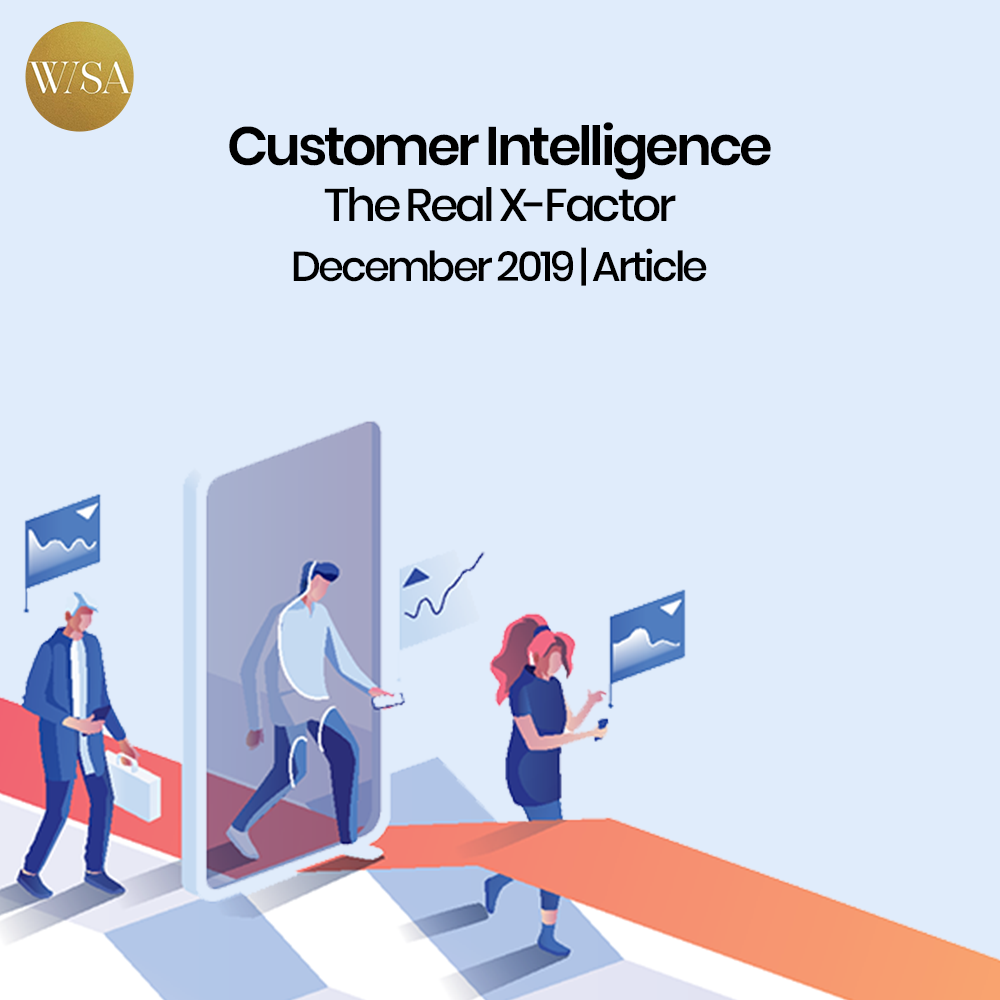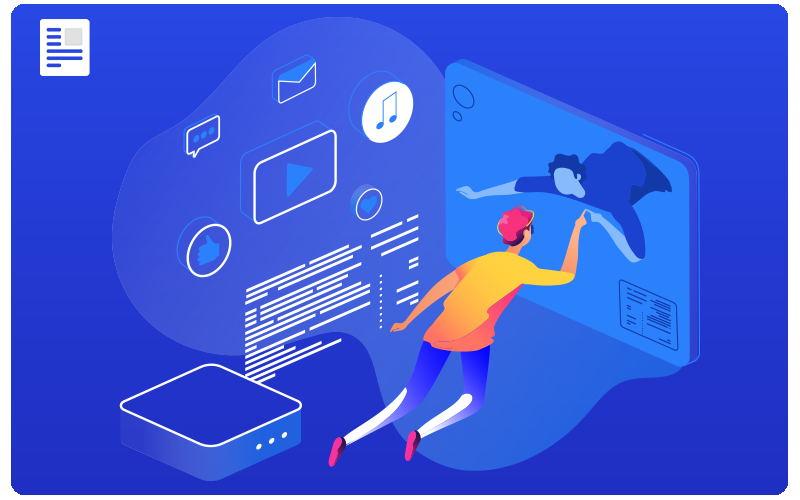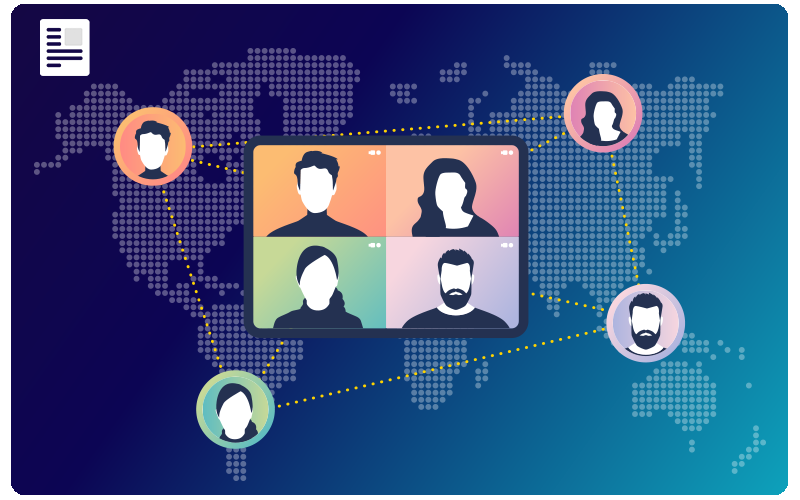

When delving into intelligence in the customer realm, one peculiar experience always comes to mind. In the fall of 2012, on a usual pizza night in Chicago, I decided to give the Giordano’s/Lou Malnati’s routine a break and order Domino’s. Domino’s was becoming known for its rapid delivery times and innovative use of technology (live tracking of the pizza and delivery processing, etc.) and I wanted to test the trackers out. My past experiences with them were neutral/positive but this time it was different. The delivery took unusually long (over 100 minutes) even though the tracker was showing the pizza in route for over an hour. The kid I spoke to when I called to inquire was clueless. There wasn’t even a major event happening nearby in downtown Chicago that could have caused the delay (I checked). So, in the vein of any self-respecting modern consumer (imagine my entitlement), I took to Twitter to ask Domino’s about the real point of a pizza tracker when they just couldn’t deliver on time. To my shock, Pizza Hut (their closest competitor) wrote to me before Domino’s could, suggesting I use them next time and added in a nice introductory discount code for when I decided to do so. Now, in 2019’s world of automated social tools, constant point-scoring and blazing one-liners, this less than perfect experience may not be as alarming as it was back then, but it did demonstrate a new and unflinching intent by a brand in taking an open and direct shot at capturing a rival customer.




